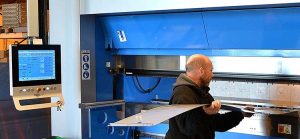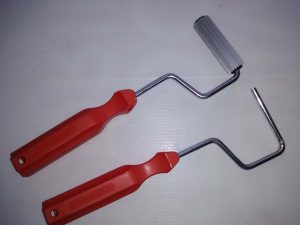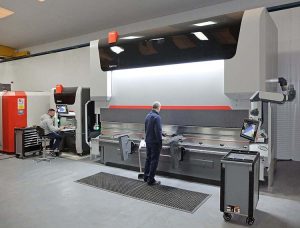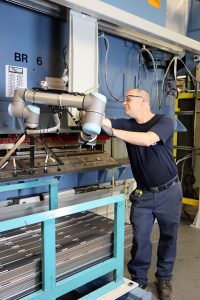To increase the company’s bending capacity and further improve its capabilities, Kings Lynn-based Dale Sheetmetal, recently purchased a Prima Power servo-electric press brake. Although smaller versions of Prima Power’s eP series have previously been installed in the UK, the large eP 1336 variant, with 135 tonne press tonnage and bending length of 3655 mm, is the first of its kind installed in the UK.

Explaining the purchase, managing director Dave Dale says: “Each stage in our company’s development has been driven by growing customer demand. Having identified bespoke bending as a pinch-point, we recently investigated the latest press brake technologies. Rather than investing in a conventional hydraulic press, in accordance with our philosophy of installing the best available technology, we only looked at next-generation, all-electric machines. Although a couple of alternative options would have provided many of the qualities we were seeking, Prima Power’s eP 1336 proved to be the ideal machine for our needs.
“Now installed and fully operational, the speed and precision of the eP 1336 ensures that it produces high levels of consistently high quality work,” he adds. “In addition to satisfying existing customers’ needs, the high-quality features and the extra capacity created by our Prima Power servo-electronic press brake will allow us to enter new markets.”
The eP 1336 range uses a pulley-belt system that is actuated by Prima Electro servo drives, distributing the bending force over the whole bending length. It consists of fixed and moving rolls spread out over the working length of the upper beam. The belt itself has a steel wire reinforced, maintenance-free construction.
For further information www.primapower.com
















